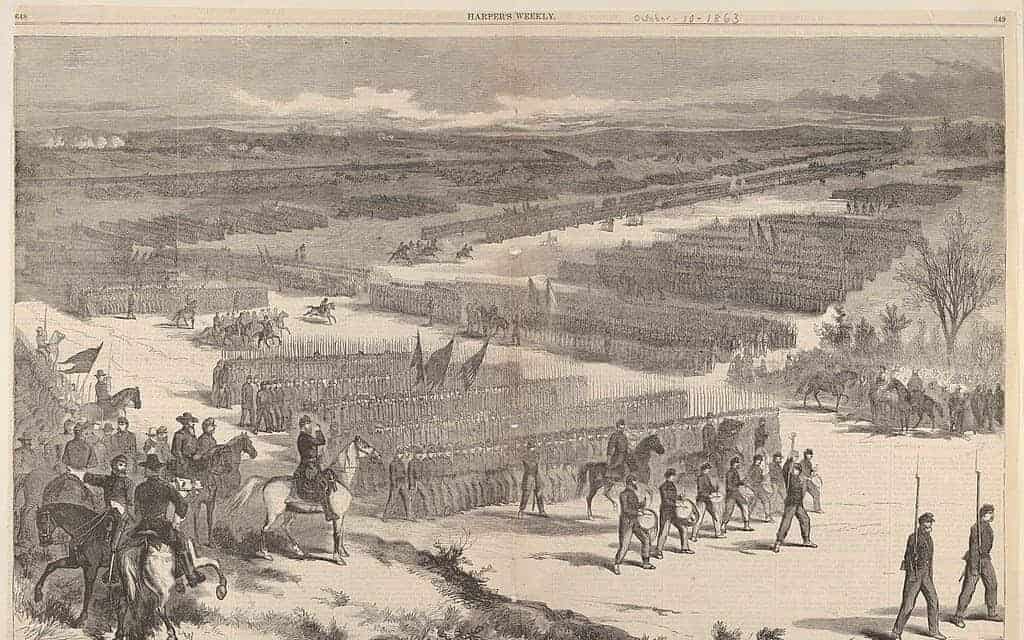
Veterans of the Spanish American War and American Adventurism
Between the end of the Civil War and American entry into the First World War, a period of 53 years, American military actions occurred with a forgotten regularity. The American involvement in the Philippine Wars and Moro Rebellion is not well-known today, nor is its involvement during the Boxer Rebellion in China. One conflict which remains relatively well known is the Spanish-American War, mainly because a future President and his Rough Riders became famous for their charge up San Juan Hill (although it was in reality Kettle Hill and they marched instead of rode).
The Spanish American War demonstrated to the world the ability of the United States to project its military power on two fronts, on opposite sides of the world, successfully and simultaneously. It was over in a matter of months and the Americans prevailed in every action. It led American troops into brutal anti-guerrilla warfare with Filipino insurgents who had no desire to be liberated by Americans, preferring their own government, but that was, at first, of little concern back in the United States. There the victory over Spain was as satisfying as a Fourth of July picnic, complete with concerts and fireworks. Patriotism ran high, but it didn’t extend to returning veterans.
As in most wars before the 20th century, diseases and poor hygiene took more lives than the bullets of the enemy. The troops sent to fight the Spanish in Cuba and the Pacific were exposed to yellow fever and malaria, which can recur throughout the lifetime of the afflicted, debilitating the person for long periods of time. Many veterans of the war, volunteers all, returned home with malaria, and suffered from its effects for the rest of their lives. There was no formal healthcare system for veterans. As a matter of fact many people still considered the practice of medicine to be more of a trade than a profession. The veterans came home, marched in the victory parades, and were left on their own.
Gradually the War Department began to recognize the need for pensions extended to the injured and disabled from the Spanish American War, and extended the pensions covering the Civil War to cover those of the more recent conflict. These pensions were extended to surviving veterans who had suffered permanent disability as a result of their military service. The pensions for widows and surviving children were extended as well. But as in the case of the earlier wars the burden of proof of service related disability was on the applicant and proving that malaria, for example, was first incurred while in the service was difficult, due to poor record keeping by the Army and the home region of the applicant.
Malaria was still a very large problem in the American South, particularly in the mosquito infested swamps and bayous, among the less literate population. The Pension Board often took the position that latent malaria acquired prior to military service became active during service and since the exposure, not the service, was the cause of the outbreak it was a previous condition and the pension was denied. This reaction was caused in part because by the early 1900s, the burden on the government caused by military pensions was nearly backbreaking, and there was a groundswell of public support to end the federal pensions, shifting them to local charities and state groups.

